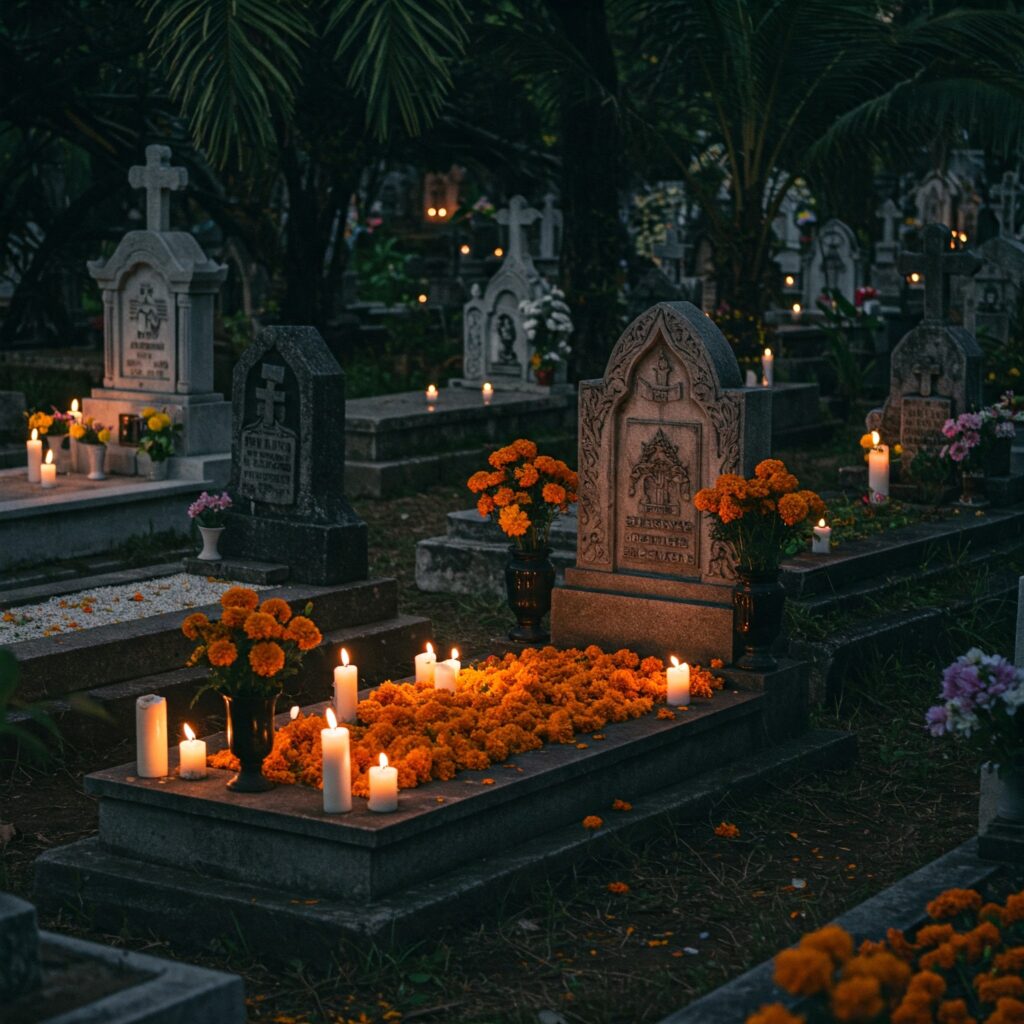The aswang, a shape-shifting creature deeply embedded in Filipino folklore, represents more than just a mythological entity – it embodies complex social dynamics, psychological fears, and cultural mechanisms of control that have persisted for centuries. This feared creature, which has multiple manifestations across different regions of the Philippines, continues to captivate both local communities and scholars alike, offering insights into how societies use supernatural beliefs to maintain social order and express collective anxieties. The aswang phenomenon has been documented extensively by anthropologists and folklorists, revealing its significant impact on Filipino social structures, behavioral norms, and community relationships. Understanding this creature requires delving into both its folkloric origins and its psychological implications, as well as examining how this belief system has evolved in modern Filipino society.
Historical Context and Cultural Significance
The origins of aswang beliefs can be traced back to pre-colonial Philippines, though their documentation became more systematic during the Spanish colonial period. According to anthropologist Maximo Ramos’s comprehensive study “The Aswang Complex in Philippine Folklore” (1971), these creatures were initially part of a broader animistic belief system that characterized early Filipino spirituality. The Spanish colonizers’ accounts, particularly those from missionary records, describe the aswang as a significant element of indigenous Filipino beliefs, though these descriptions were often colored by colonial perspectives and Catholic interpretations. The persistence of aswang stories through centuries of colonization, modernization, and social change demonstrates their deep cultural resonance and psychological significance in Filipino society.
Regional Variations and Common Characteristics
| Region | Primary Aswang Type | Notable Characteristics | Local Name |
|---|---|---|---|
| Capiz | Shape-shifter | Transforms into black dog or pig | Aswang |
| Bikol | Viscera sucker | Detachable upper body | Wakwak |
| Ilongo | Blood-drinker | Preference for unborn fetuses | Manananggal |
| Tagalog | Combination | Multiple forms and abilities | Tik-tik |
Source: Ramos, M. (1971). The Aswang Complex in Philippine Folklore
Psychological Analysis of Aswang Beliefs
The psychological impact of aswang beliefs extends beyond simple fear, creating complex social dynamics that influence community behavior and relationships. Research conducted by Dr. Francisco Demetrio, S.J., published in his work “Encyclopedia of Philippine Folk Beliefs and Customs” (1991), suggests that aswang stories serve multiple psychological functions in Filipino society. These narratives help communities process collective anxieties, establish social boundaries, and reinforce cultural values. The fear of aswangs often manifests in specific behavioral patterns and social protocols, particularly concerning nighttime activities, pregnancy, and interaction with strangers.
Key Psychological Functions of Aswang Beliefs
| Function | Description | Social Impact |
|---|---|---|
| Anxiety Management | Provides framework for expressing collective fears | Creates communal coping mechanisms |
| Moral Instruction | Reinforces social norms and values | Encourages adherence to community standards |
| Social Control | Establishes boundaries and behavioral guidelines | Maintains order and cohesion |
| Identity Formation | Strengthens cultural distinctiveness | Promotes group solidarity |
Source: Demetrio, F. (1991). Encyclopedia of Philippine Folk Beliefs and Customs
Social Control Mechanisms and Community Dynamics
The aswang phenomenon functions as a sophisticated system of social control, influencing behavior patterns and maintaining community order. Anthropological studies, including those by Michael Tan in “Revisiting Usog, Pasma, Kulam” (2008), reveal how aswang beliefs regulate social interactions and reinforce community bonds. These beliefs often target socially marginalized individuals, particularly those who deviate from community norms or display unusual behaviors. The threat of being labeled an aswang serves as a powerful deterrent against social transgressions and helps maintain conformity to cultural expectations.
Modern Interpretations and Contemporary Relevance
Despite increasing urbanization and education, aswang beliefs continue to persist in modern Filipino society, though often in modified forms. Recent studies by the University of the Philippines’ Department of Psychology (2018) indicate that while literal belief in aswangs may have decreased in urban areas, the cultural and psychological impact of these stories remains significant. Contemporary media, including films, television shows, and literature, frequently incorporate aswang narratives, demonstrating their ongoing cultural relevance and adaptability to modern contexts.
Evolution of Aswang Representations in Media
| Time Period | Primary Medium | Portrayal Style | Social Commentary |
|---|---|---|---|
| 1950-1970 | Literature | Traditional horror | Cultural preservation |
| 1970-1990 | Film | Horror-drama | Social criticism |
| 1990-2010 | Television | Supernatural drama | Modern interpretation |
| 2010-Present | Digital Media | Mixed genre | Cultural fusion |
Source: Philippine Media Archives Database (2020)
Scientific Studies and Anthropological Perspectives
Recent academic research has provided new insights into the sociological and anthropological significance of aswang beliefs. A comprehensive study by the University of San Carlos Cebuano Studies Center (2019) examined the correlation between aswang narratives and social behavior in rural communities. The findings suggest that these beliefs continue to influence community dynamics, particularly in areas where traditional social structures remain strong.
Research Findings on Social Impact
| Aspect | Finding | Significance |
|---|---|---|
| Community Cohesion | 78% reported stronger group bonds | High social impact |
| Behavioral Control | 65% modified behavior due to beliefs | Moderate influence |
| Cultural Identity | 89% considered it important heritage | Strong cultural role |
| Modern Relevance | 45% believed in contemporary significance | Evolving importance |
Source: University of San Carlos Cebuano Studies Center (2019)
Impact on Public Health and Social Services
The persistence of aswang beliefs has significant implications for public health and social services in the Philippines. Studies by the Department of Health (2017) indicate that these beliefs can influence healthcare-seeking behavior, particularly in rural areas. Traditional beliefs about aswangs targeting pregnant women and infants sometimes conflict with modern medical practices, creating challenges for healthcare providers and public health initiatives.
Future Perspectives and Cultural Preservation
As Filipino society continues to modernize, the role of aswang beliefs faces both challenges and opportunities for cultural preservation. The National Commission for Culture and the Arts (NCCA) has recognized these narratives as important elements of intangible cultural heritage, worthy of documentation and preservation. Contemporary scholars suggest that understanding these beliefs remains crucial for effective community engagement and cultural preservation efforts.
Conclusion
The aswang phenomenon represents a complex intersection of cultural beliefs, psychological mechanisms, and social control systems. Its persistence in modern Filipino society demonstrates the enduring power of traditional beliefs to shape community dynamics and individual behavior. While literal belief in aswangs may be declining in urban areas, their cultural and psychological significance continues to evolve, offering valuable insights into how societies process collective fears and maintain social order. Understanding this phenomenon remains crucial for cultural preservation, community development, and effective social service delivery in the Philippines.
Disclaimer: This article presents academic research and documented cultural beliefs about the aswang phenomenon. While efforts have been made to ensure accuracy, some sources may reflect regional variations or historical interpretations. The information provided is for educational purposes and should not be used to promote discrimination or prejudice against any individual or community. Please report any inaccuracies to our editorial team for prompt review and correction.




